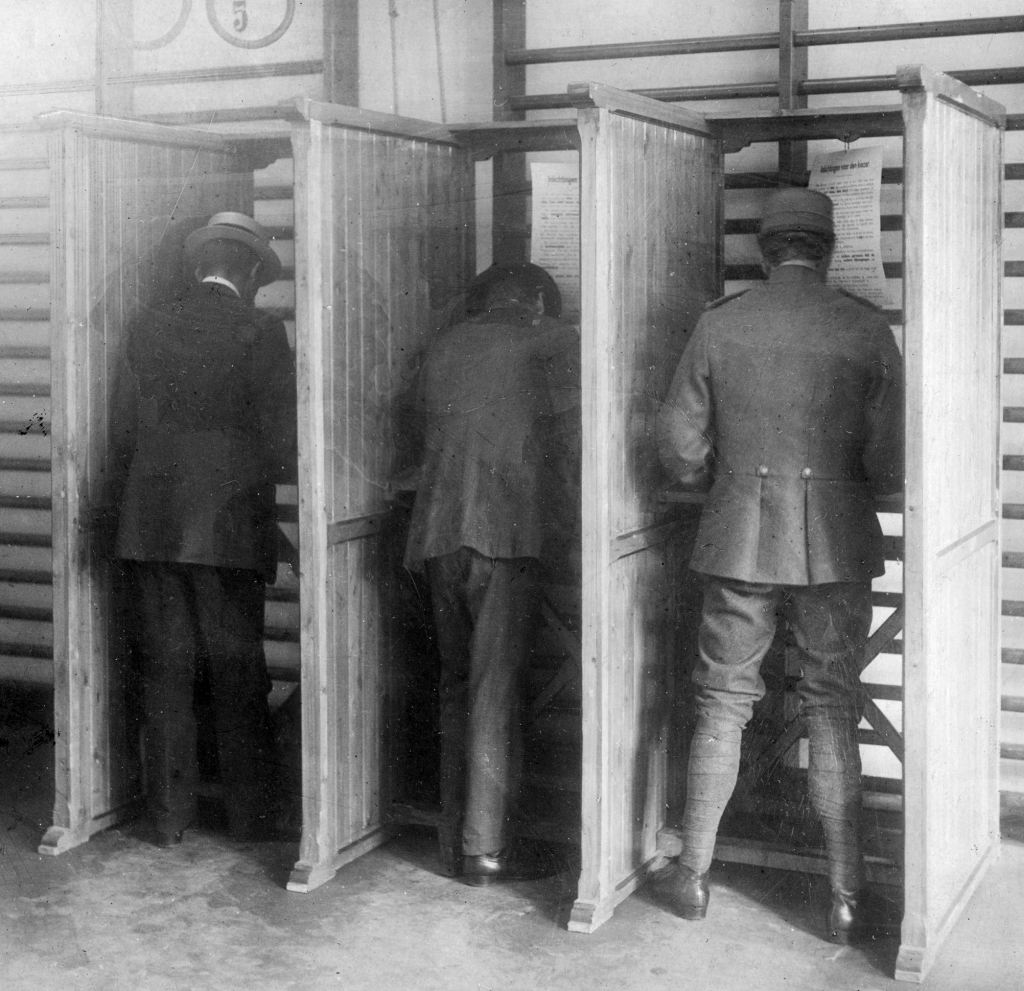
The Dutch prepare for their parliamentary elections on 22 November. While the Netherlands sticks to traditional voting methods, technology is undeniably shaping politics and the whole elections process, for example in Estonia. How will online voting, deepfakes and chatbots influence the political domain?
- The Dutch adthere to traditional voting methods, while in Estonia an e-governance revolution is happening.
- More and more, political parties rely on big data.
- Deepfakes and chatbots influence the voting process as well.
Online voting: good or bad?
While the Dutch adhere to traditional voting methods, the advent of technology has led to a growing discourse around digital elections. Is it a good idea to do elections via the internet? It is not advisable, is the conclusion drawn by Bernard van Gastel’s research team, an assistant professor of computer science at Nijmegen University. Since 2019, scientists from diverse fields, including philosophy, history, law, and computer science, have collaborated on this topic.
Voting at home via a computer is not technically very complicated. However, there are risks involved. “The problem revolves around the fact that voting is not taking place at a designated location,” says Van Gastel. Voting at a physical location virtually eliminates the possibility of others collecting and filling out ballots, as ID verification takes place. “By voting at a location, then freedom to vote is guaranteed,” says Van Gastel. Offline voting als fosters trust in the voting system.

Contrasting with the Dutch caution towards online voting, Estonia’s e-governance revolution paints a different picture. Over half of the voters in the small Baltic nation cast their ballots online in a national parliamentary election. The e-governance system, which includes internet voting, government-issued ID cards, and a secure data-sharing system known as X-Road, is lauded for enhancing the integrity of elections.
Using big data
Data in politics is not important, it is critical. Political parties today rely heavily on the analysis of big data to gain a deeper understanding of voter behaviors and preferences. This practice has both its advantages and drawbacks. On the one hand, leveraging big data in elections is beneficial as it enables parties to tailor their campaign strategies and messages more effectively, reaching out to specific demographics and addressing issues that matter most to voters. It also facilitates more accurate predictions and trend analyses, helping parties adapt and respond to the evolving political landscape.
However, the flip side is that the extensive use of big data can raise concerns about privacy and ethical considerations. Also, there is a risk that reliance on data could lead to a lack of personal connection with voters.
Deepfakes
Then there’s deepfakes. The utilization of deepfake technology in election campaigns is a double-edged sword. On one hand, it has the potential to engage a wider audience and stimulate more people to participate in the democratic process. Deepfakes have the potential to engage voters by delivering informative and entertaining political content, making complex issues more accessible and relatable to a broader audience.
The creation of deepfakes impersonating political leaders, as seen in the case of the YouTube channel Sassy Justice, has the potential to provoke outrage and misinformation. Striking a balance between leveraging the benefits of AI and deepfake technology to enhance democratic engagement while mitigating their negative consequences remains a pressing challenge in today’s political landscape.
Advanced chatbots
When we request ChatGPT or any other AI bot to compose a memo, email, or presentation, it might seem like these artificial intelligence assistants are simply following our instructions. However, an expanding body of research suggests that they have the potential to influence our thought processes, often without our awareness.
Chatbots could bring people up to date on the political landscape, in an interactive and personal way. However, as earlier demonstrated by Microsoft’s experience with the AI Twitter chatbot “Tay,” there are significant downsides. The technology can be manipulated and misused, leading to the spread of controversial and even racist content, which can have a detrimental impact on political discourse.
The future
In the evolving landscape of politics and technology, there’s a profound potential for progress, yet accompanied by substantial challenges. The Dutch approach to traditional voting methods, rooted in caution, is juxtaposed with Estonia’s pioneering e-governance system, showcasing the contrasting paths technology can take in shaping elections.
As we navigate the uncharted territory of technology, perhaps it’s wise to take measured steps, ensuring that the promises of innovation are balanced with the preservation of the fundamental principles of democracy.








